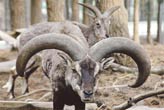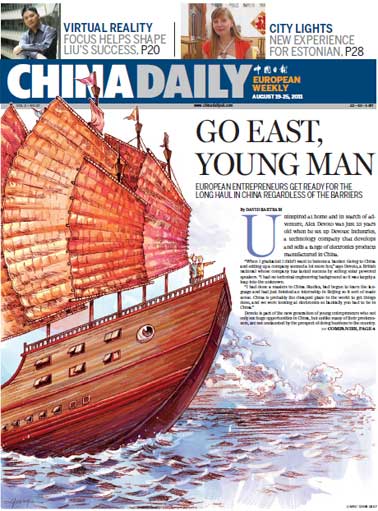Rich in every hue
Updated: 2011-08-26 11:58
By Yang Yang (China Daily European Weekly)
 |
In 1933 James Hilton wrote of the heavenly land of Shangari-La in his bestseller novel The Lost Horizon. It became the symbol of a fictional paradise but there is indeed a mysterious idyllic valley sheltered from the bitter cold in eastern Tibet.
In Tibetan Medog, or Metok, literally means "an array of lotus" and is not accessible by vehicles. In this county sits the Yarlung Zangbo Grand Canyon, the largest of its kind in the world, which flows with spectacular roaring waters.
The cyan waters of Buqun Lake are crystal clear and the lake is surrounded by tropical rain forests. Duoxiongla Pass is the only way into Medog and for most trekkers is a huge challenge, not only because of its 4,221 m elevation, but also because of the fickle and rapidly changing weather and uncertain road conditions.
One may experience four seasons in only one day from the severe cold to the subtropical jungle.
The best time to visit Medog is between June and October.
3. Biru Skull Wall, Naqu
Funeral customs of Tibetan people are unique. Instead of a coffin burial or cremation, locals expose the deceased to the nature.
The charnel ground's west gate is used by the living giving their respects, while the south entrance is where the bodies are carried in.
The bungalow on the north is exclusively for monks who carry out religious ceremonies.
4. Rongbuk Monastry, Shigatse
This lofty location is a marvellous place to view Mt Qomolangma (Mount Everest). With an altitude of 5,154 m, it is the highest monastery in the world. It takes trekkers two to three hours to reach Mt Qomolangma Base Camp from the monastery but the spectacular sunrises and sunsets make it very worthwhile.
It is probably best to avoid the climb from July to August because the area is often shrouded in cloud and fog.
5. Ranwok (Ranwu) Lake,
Changdu prefecture
Ranwok is a tiny town known for its crystal-clear and tranquil lake that is the largest in southeastern Tibet. In Tibetan language Ranwok means "the piling of dead bodies".
Legend says there was once a fight between a buffalo and an ox and both were killed in the battle. The two bodies turned into great mountains and the Ranwok Lake lies in between.
Other great glaciers and mountains surround the lake include Gangrigabu Mountain in the southwest and Lagu Glacier in the north. The melted snow and ice supply the lake with a constant stream of water, and at the foot of the surrounding peak, there are verdant grasslands and plants. It is a picture of harmony with the snowy mountains reflected in the blue lake.
Spring and autumn are the best time to visit. Every spring, small pink flowers spread on the grasslands, extending to the glaciers afar. There is a very European feel about this place, and some even call it "China's Switzerland".
There are villages on the shores of the lake, and their houses differ from most Tibetan houses in that there doors and windows are devoid of paintings and decorations.
The houses are small and compact, which helps keep them warm during the severe winter.
E-paper

City's dynamic teutons
German cluster gives a fillip, competitive edge to local economy in Taicang
Unveiling hidden treasures
Rich in every hue
More than just a game
Specials

Hunting grounds
Opinion divided as China debates opening door to international players

Flying the TCM flag
A small German town is home to Europe's flagship clinic for traditional Chinese medicine

Animal attraction
World's youngest chief fur designer set to launch own label and tap into huge China market.
